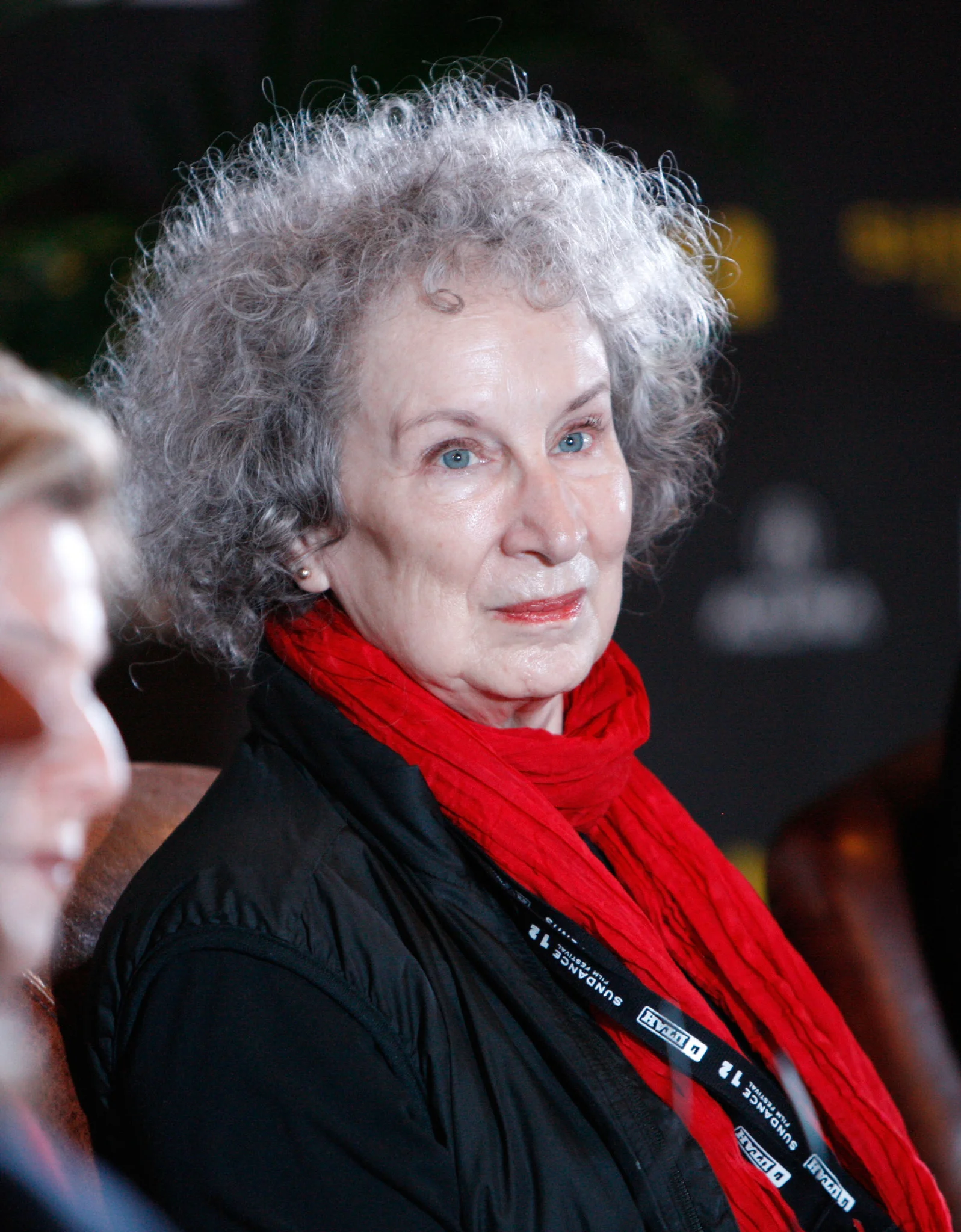Stephen King, often hailed as the modern master of horror, has built a literary empire by tapping into the deepest fears of his readers. With over 60 novels and hundreds of short stories, his work spans supernatural horror, psychological thrillers, dystopian fiction, and more. Yet beneath the chilling plots and monstrous villains lies a deeper intent. According to King himself, horror writing is not simply about scaring people—it’s about revealing truths, confronting trauma, and exploring the boundaries of human experience.
Understanding King’s views on horror writing requires a look beyond his fiction and into his essays, interviews, and memoirs. Through these insights, it becomes clear that King sees horror not as a cheap thrill, but as a necessary mirror to the human psyche and society.
Facing Our Fears in a Controlled Environment
One of King’s most consistent beliefs is that horror writing serves as a safe space to confront fear. In his seminal nonfiction book Danse Macabre (1981), King explains that horror allows us to explore terrifying emotions in a setting we can control. Readers know they are safe, even as they turn pages filled with dread.
According to King, this controlled exposure to fear serves a cathartic purpose. It lets readers feel intense emotions—panic, shock, disgust—without real-world consequences. Like a roller coaster, horror fiction offers thrills that are simulated but feel authentic. The adrenaline, the anticipation, the release—these are not accidental; they are the mechanisms through which horror purges anxiety and builds emotional resilience.
Horror as a Reflection of Cultural Anxiety
Stephen King also views horror as a reflection of societal fears. The monsters in his books are rarely just creatures; they are symbols of broader anxieties. In It, the titular shapeshifter reflects the town of Derry’s collective denial and buried trauma. In The Stand, a global plague represents the fragility of civilization and the consequences of human arrogance.
King has noted in interviews that horror evolves with the times. What terrifies one generation may not faze the next. In the Cold War era, nuclear destruction loomed large. Today, psychological horror and viral pandemics resonate more deeply. Through his stories, King taps into the fears of the moment—whether they be technological, political, or existential—and presents them in heightened form.
In this way, horror becomes a barometer of cultural mood. It exaggerates reality just enough to expose its cracks.
Unearthing the Dark Side of Human Nature
Another theme King explores in both his fiction and commentary is the inherent duality of human beings. He argues that horror exposes the primitive side of our nature—the irrational, violent, and selfish impulses that civilization seeks to repress. In his view, writing horror is a way to acknowledge these impulses, rather than deny them.
Take The Shining, for instance. While the Overlook Hotel contains ghosts and supernatural forces, the true horror emerges from Jack Torrance himself. His descent into madness reveals how quickly the veneer of control and civility can crumble under pressure. King uses horror to ask: What lies beneath our public selves? What are we capable of when stripped of social norms?
He suggests that horror doesn’t implant evil in the reader; it excavates it. By bringing the dark to light, horror writing forces readers to confront uncomfortable truths about human nature.
The Role of Empathy and Emotional Depth
Contrary to the stereotype that horror is emotionally shallow or sensational, King insists that good horror writing is built on emotional engagement. The scares are more effective when readers care about the characters. In stories like Pet Sematary, Carrie, or Doctor Sleep, the horror works precisely because it is rooted in love, grief, loneliness, or desperation.
King’s monsters often lurk in the periphery, but his protagonists are painfully human. This grounding gives horror its weight. As King writes in On Writing, “You have to care about what happens to them. Otherwise, who cares what’s behind the door?”
Thus, the purpose of horror is not just to frighten—it’s to elicit empathy. By immersing readers in deeply emotional stories, horror allows them to experience the full spectrum of human feeling, from tenderness to terror.
Writing as Therapy: Processing Trauma and Pain
Stephen King has also spoken about horror writing as a personal therapeutic process. Following a near-fatal car accident in 1999, he returned to fiction with works like Lisey’s Story and Duma Key, both of which explore pain, memory, and recovery. For King, horror is not only about scaring readers—it’s about healing the writer.
He has suggested that writing horror helps him channel his own fears and process real-world suffering. It’s a space where the worst possibilities can be explored, mastered, and even contained. This therapeutic value extends to readers, too. By vicariously experiencing horror, people may process their own traumas in symbolic or subconscious ways.
Whether it’s grief over loss (Revival), anxiety over parenthood (The Institute), or the fear of mortality (Bag of Bones), King’s horror stories often speak to deeply personal concerns. The supernatural is merely the lens through which the emotional truth is magnified.
Social Commentary Through the Supernatural
King frequently uses horror to critique societal issues. His fiction often deals with themes of abuse, racism, addiction, and systemic failure. In Carrie, the horror emerges not from Carrie’s telekinesis but from the relentless bullying and repression she endures. In The Green Mile, the supernatural intersects with a sobering portrait of capital punishment and injustice.
According to King, horror is a powerful tool for social commentary because it grabs attention. It breaks through apathy and forces readers to feel something. The shock value isn’t an end in itself—it’s a delivery mechanism for deeper messages.
By disguising commentary within monsters and madness, King can engage readers who might otherwise avoid confronting difficult truths.
The Joy of Storytelling and the Element of Play
Despite the darkness of his subject matter, King emphasizes the fun of writing horror. He approaches it as a form of play—a creative space where imagination runs wild. In interviews, he’s described the thrill of inventing scenarios, building tension, and surprising readers.
This sense of play is crucial. It shows that horror can be both meaningful and enjoyable. It is a genre of freedom, where normal rules are suspended, and the unexpected is embraced. For King, horror writing is an art of possibility—where anything can happen, and everything matters.
Horror as Illumination
According to Stephen King, the purpose of horror writing goes far beyond fear. It is a means of exploring the human condition, confronting personal and societal anxieties, and engaging deeply with both pain and empathy. Horror writing, in King’s philosophy, is not a descent into darkness for its own sake—it is a journey through the dark to better understand the light.
By allowing readers to safely experience fear, horror helps them face real-life challenges with renewed perspective. It entertains, it heals, and it reveals. And in the hands of a master like King, it becomes not just a genre—but a form of truth-telling.


